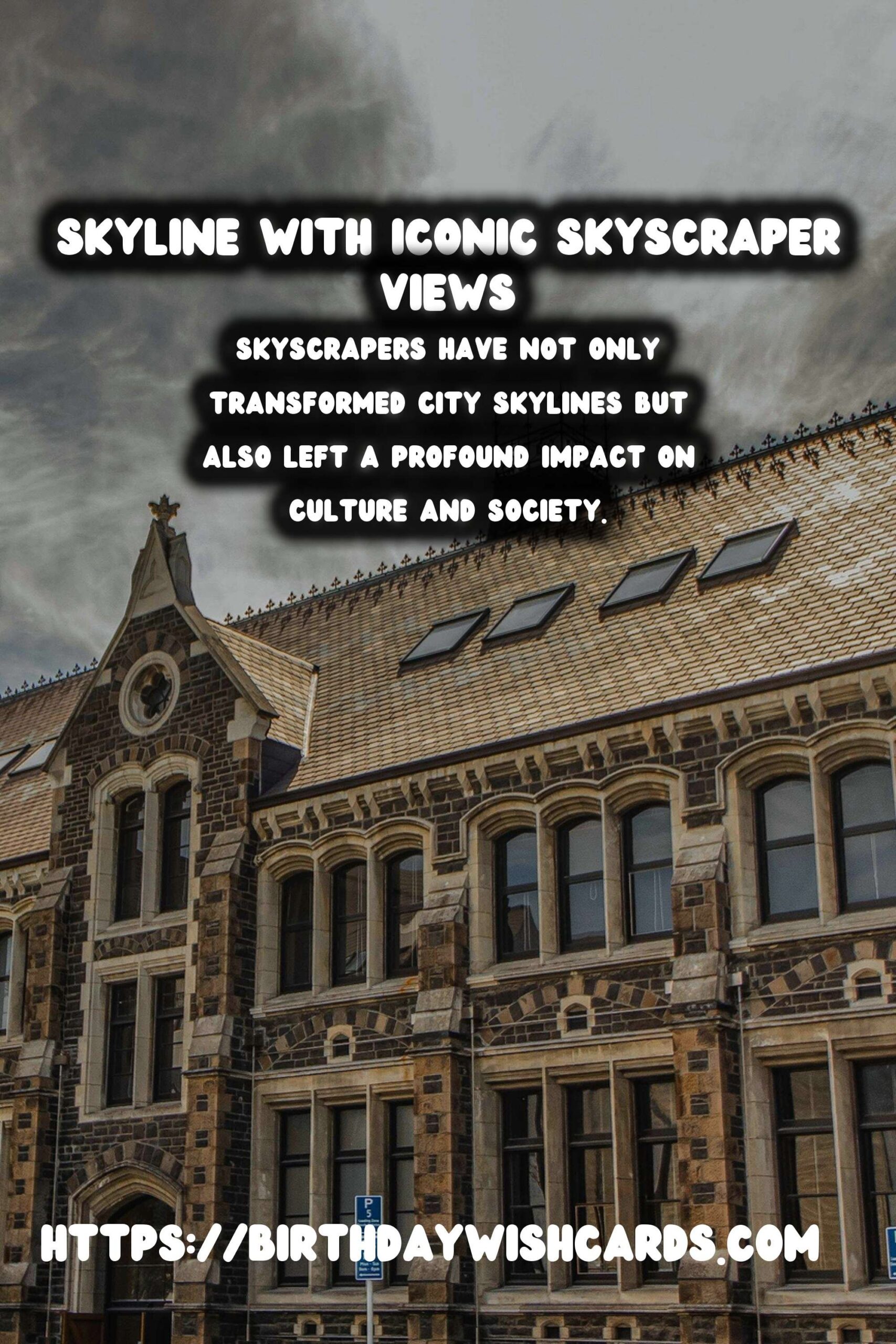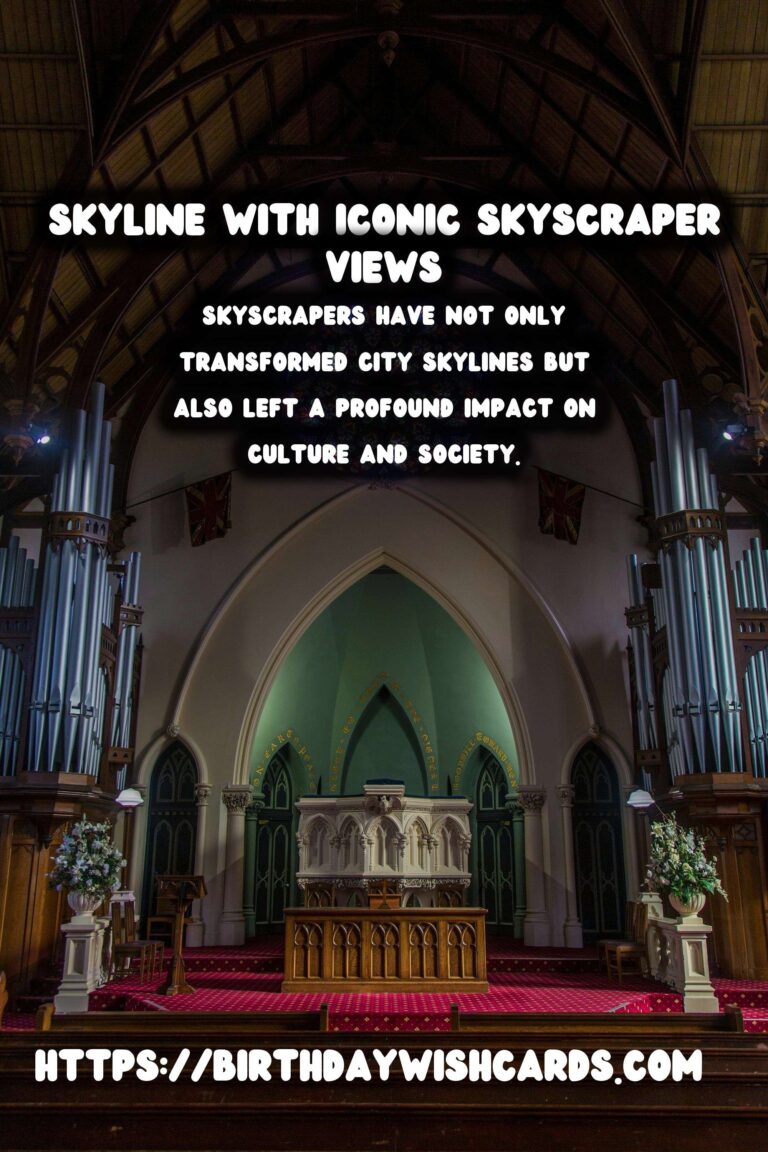
Skyscrapers, the towering giants of modern architecture, have not only transformed city skylines but also left a profound impact on culture and society. From their humble beginnings in the late 19th century to their current status as symbols of economic power and technological advancement, skyscrapers tell a story of human progress and ambition.
The Origins of Skyscrapers
The skyscraper as we know it today began in the United States, with the construction of the Home Insurance Building in Chicago in 1885. Designed by architect William Le Baron Jenney, it rose to a modest height of 10 stories, but it revolutionized urban construction by utilizing a steel skeleton framework that allowed buildings to reach unprecedented heights.
This innovation set the stage for an architectural arms race, with each new building striving to outdo its predecessors in height, complexity, and style. The development of the elevator, along with advancements in steel manufacturing and fireproofing techniques, further enabled the evolution of ever-taller structures.
The Cultural Significance of Skyscrapers
Skyscrapers have always been more than just buildings; they are symbols of the values and aspirations of the society that builds them. In the early 20th century, cities like New York and Chicago emerged as cultural and economic hubs, with skyscrapers serving as tangible embodiments of progress and prosperity.
Skyscrapers as Cultural Icons
Beyond their economic significance, skyscrapers have become cultural icons that shape the identity and character of their cities. The Empire State Building, for example, is as synonymous with New York City as the Statue of Liberty. It stands as one of the most recognizable and celebrated buildings in the world, representing the triumph of innovation and human ingenuity.
In movies, literature, and art, skyscrapers often play a central role, symbolizing both the awe-inspiring capabilities of humanity and the sometimes overwhelming nature of urban life. They are backdrops to stories of ambition and conflict, reflecting the dreams and challenges of their times.
The Evolution of Skyscraper Design
Throughout the 20th century, the design of skyscrapers continued to evolve, reflecting changes in artistic movements, technological advancements, and societal shifts. The Art Deco styling of the 1930s gave way to the sleek modernism of the 1950s and 60s, characterized by clean lines and minimalist aesthetics.
Modern Skyscrapers and the Global Landscape
Today, skyscrapers are a global phenomenon, dotting the landscapes of cities on every continent. From the Burj Khalifa in Dubai to the Shanghai Tower in China, these structures have become metaphors for modernization and economic success, often highlighting regional aspirations and identity.
The Environmental Impact of Skyscrapers
Amidst the admiration for their beauty and engineering marvels, skyscrapers also present significant environmental challenges. The construction and maintenance of these buildings consume vast amounts of resources and energy. However, modern architecture is increasingly focusing on sustainability, with green building initiatives becoming central to new projects.
Architects are now prioritizing eco-friendly designs to reduce energy consumption and carbon footprints, ensuring that skyscrapers evolve in harmony with the planet’s needs.
The Future of Skyscrapers
The skyscrapers of the future will continue to push boundaries, driven by technological innovations and the ever-evolving needs of urban populations. Smart buildings, capable of adapting to environmental conditions and user needs, are on the horizon, promising to blend functionality with sustainable practices.
Skyscrapers have not only transformed city skylines but also left a profound impact on culture and society. The skyscraper as we know it today began in the United States, with the construction of the Home Insurance Building in Chicago in 1885.
#Architecture #Skyscrapers

